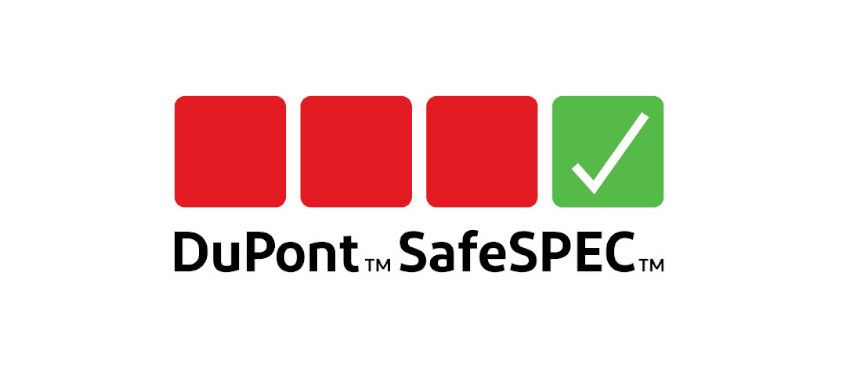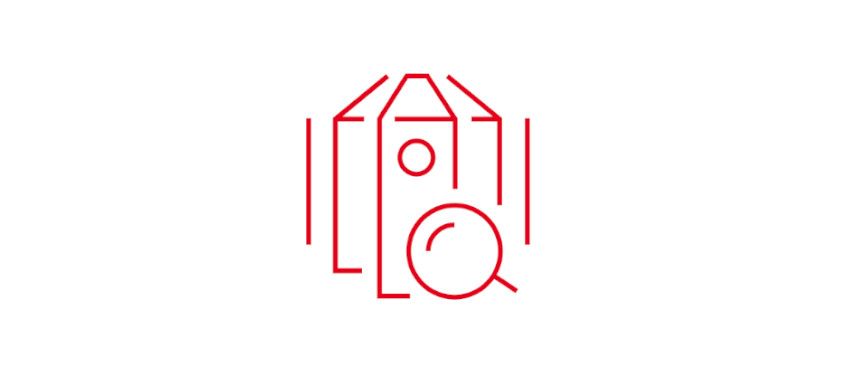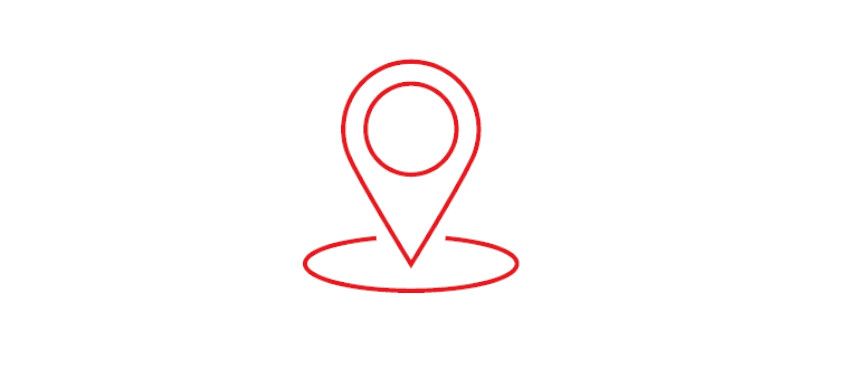Protect Against Biological Hazards with DuPont™ Biohazard Suits.
DuPont provides a wide range of chemical protective clothing and biohazard suits — along with their specifications — to meet a broad spectrum of needs.
We believe our chemical protective clothing, when used properly as part of a protocol which includes other protective equipment and thorough personal hygiene practices, may help reduce the risk for contamination of worker’s skin and clothing by potentially infectious pathogens. Tychem® 2000 and other Tychem® fabrics with taped seams have been tested and have passed the requirements of ASTM F16701 and ASTM F16712, the recognized blood and viral penetration test methods in North America.
Examples of biological hazards include:
• Exposures to blood and bloodborne pathogens
• Pandemic preparedness and response
• Crime scene investigation and cleanup
• Bioterrorism incidents
• Prison cell extraction
DuPont™ Tychem® Biohazard Suits for Viral and Bloodborne Pathogen Protection:
The options below meet the requirements of either North American or international standards for protection against viral and other biohazards. Tychem® 2000 and other Tychem® fabrics with taped seams have been tested and have passed the requirements of ASTM F16701 and ASTM F16712, the recognized blood and viral penetration test methods in North America.
• Tychem® 2000 garments with taped seams offer lightweight protection and are available in high-visibility yellow.
• Tychem® 6000 garments are strong and durable, providing protection against a broad spectrum of toxic industrial chemicals and biological hazards. A preferred choice for law enforcement, EMS technicians, and military personnel.
• Tychem® 10000 suits are available in high-visibility lime yellow with Encapsulated Level A design. Excellent chemical barrier properties in an extremely durable fabric that is puncture- and tear-resistant. Recently upgraded with a number of user-friendly features.
Please refer to DuPont™ SafeSPEC™ for a full list of garments that have been tested and have passed the requirements of ASTM Standards F1670 and ASTM F1671.
DuPont™ Tyvek® and ProShield® Protective Apparel for Hazardous Remediation & Modesty Garments:
• Tyvek® 400 protective apparel fabric is evaluated for resistance to the penetration of water under hydrostatic pressure using AATCC 127 test method, which determines water resistance. The fabric provides an inherent barrier to hazardous particles down to 1.0 micron in size. Tyvek® 400 coveralls may be suitable for hazardous remediation, crime scene investigation, or as a modesty garment.
• Tyvek® 500 HV coveralls are fluorescent orange with silver grey retroreflective bands for day and night visibility. They meet EN 141263 for protection from infective agents, while maintaining the durability and comfort of Tyvek®.
• Tyvek® 800 suits are liquid-tight garments that combine resistance to biological hazards (per EN 141263) and low-concentration, water-based, inorganic chemicals (even under pressure) with the strength and durability of Tyvek®.
• ProShield® 70 boot and shoe covers provide excellent skid resistance while meeting the industry requirements for blood (ASTM F1760) and viral penetration (ASTM F1671) protecting against several bloodborne pathogen exposure risks.
1 ASTM F1670 – Standard Test Method for Resistance of Materials Used in Protective Clothing to Penetration by Synthetic Blood
2 ASTM F1671 – Standard Test Method for Resistance of Materials Used in Protective Clothing to Penetration by Blood-borne Pathogens Using Phi-X174 Bacteriophage Penetration
3 EN 14126 - Performance requirements and tests methods for protective clothing against infective agents
Biohazards: Risk Assessments & Protective Apparel Solutions
Companies are assessing the biohazards that are present in their environment and refining their policies, procedures, and PPE to protect their workers.
Learn more about protective apparel considerations for biohazard applications, as our DuPont Personal Protection safety and technical experts discuss biohazard classifications & biosafety levels, Bloodborne Pathogen Standard protective apparel for pandemic response, and DuPont protective apparel solutions and tools.
Tyvek® protective apparel
Tyvek® helps offer an ideal balance of protection, durability and comfort to employees in industrial applications and contamination control environments, including manufacturing, pharmaceutical, automotive and utilities.
Tychem® garments
For protection against chemical dangers, industrial workers rely on Tychem® garments.



